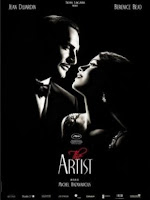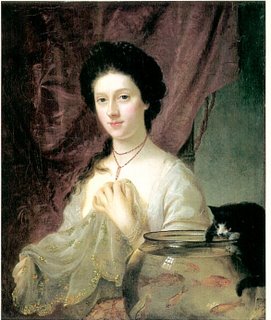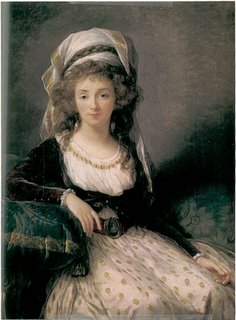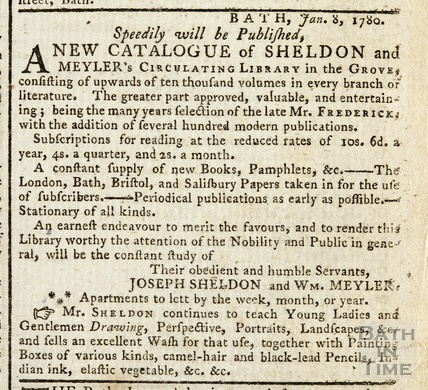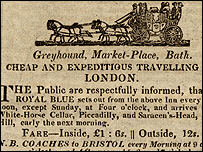I watched the Academy Awards last night even though I only saw one of the nominated movies–War Horse. That never stopped me from having favorites. I’m delighted that Christopher Plummer won for Best Supporting Actor and Octavia Spencer for Best Supporting Actress. It was fun to see The Artist win so much, but I was disappointed that War Horse did not win anything.
The reason I enjoyed the Academy Awards, I think, is due to fascination with celebrities. To see what the women wore. To see the handsome men. To hear the speeches, which are almost always disappointing, and cringe at the presenters attempting to be funny.
I like to think of Lord Byron as one of the first celebrities in the modern sense of the word. I read an article that said that celebrity, as we think of it, began in the eighteenth and nineteenth centuries when the industrialization of print meant that information could be widely distributed. Lord Byron’s poetry and gossip about his life was certainly available to many.
He was wildly popular when his poetry caught fire with the public. It is said that his wife termed the adulation surrounding him Bryomania. How modern sounding is that?
He was perfectly cast for such fame. His verse was emotional and sometimes shocking and he was the quintessential “bad boy” in need of taming. His early life was romantic-his deformity of foot, his tumultuous family including his great-uncle, “Mad Jack.” His early travels in the Mediterranean and his dramatic adopting of native dress, must have exciting to women of his time, especially young fanciful girls who still today idolize celebrities. I like to believe the 19th century drawing I own is one a lovestruck fan drew of Byron.
Like many celebrities, Byron fed the gossip mills. His affair with Caroline Lamb. His later affairs. His separation from his wife amid allegations of cruelty, infidelity and incest with a half-sister. And like many celebrities, Byron met an untimely death, albeit a romantic one, dying of fever while preparing to fight in the Greek war of independence from the Ottoman Empire.
Like other celebrities, especially those who met an early death, Byron lives on in his marvelous works, his letters, and in his legend that still fascinates us.
Not so different from the celebrities at the Oscars.
Who were your favorites at the Oscars? Will Amanda do a fashion critique tomorrow?

